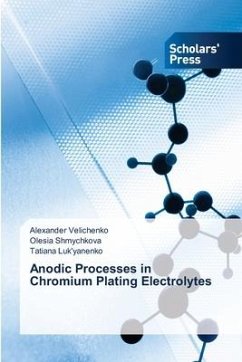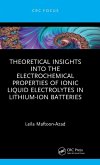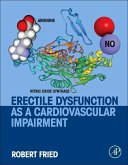It is shown that the surface morphology of Ebonex®/Pt electrodes, as well as their phase composition, depend on the platinum content, temperature, and processing time. It has been established that the crystallinity of the platinum coating increases with increasing temperature and processing time. In this case, the internal stresses in the coatings are reduced by almost 4 times. It is proposed to use the reduction peak of oxygen-containing platinum compounds on the stripping voltammogram as a correlation parameter for predicting the electrocatalytic activity of heat-treated composite electrodes in the oxygen evolution reaction. It is shown that the OER rate increases with an increase in the area of the reduction peak (amount of electricity). The maximum value of CE of Cr(VI) in urea-formate electrolytes does not exceed 12%, which makes it possible to use all the developed materials as anodes in chromium plating processes. In addition, Ebonex®/Pt anodes with Pt content 2 mg cm-2, obtained at a treatment temperature of 230 °C, can be used in formate chromium plating electrolytes, since the CE of Cr(VI) in this case does not exceed 6%.
Bitte wählen Sie Ihr Anliegen aus.
Rechnungen
Retourenschein anfordern
Bestellstatus
Storno








